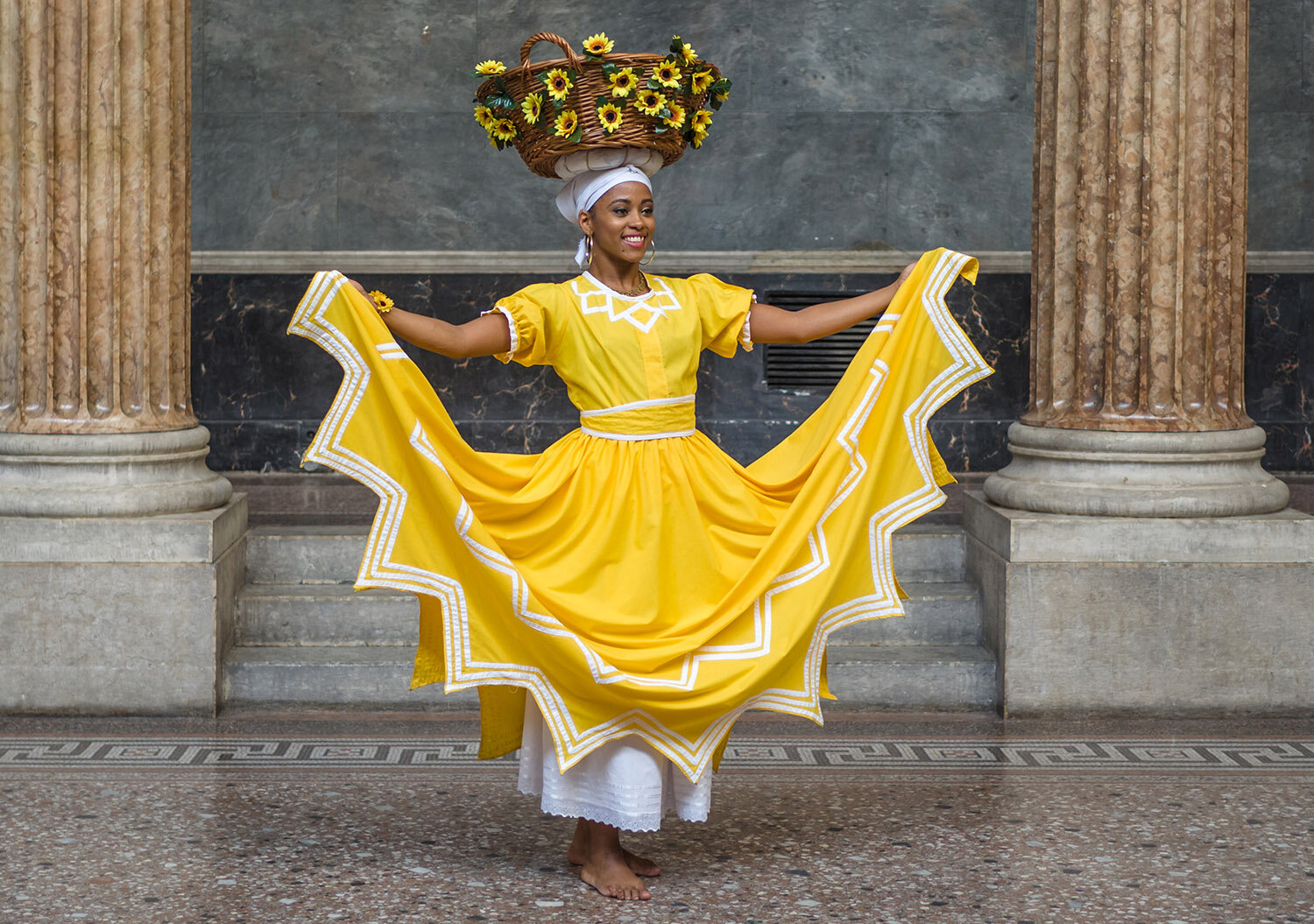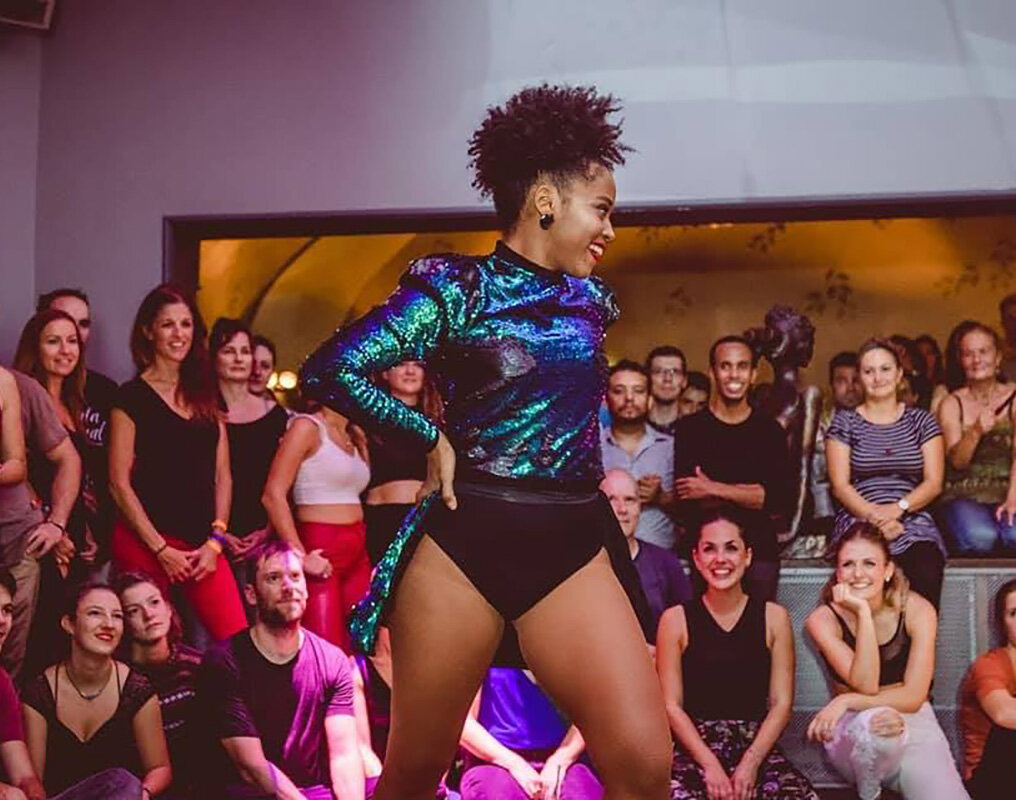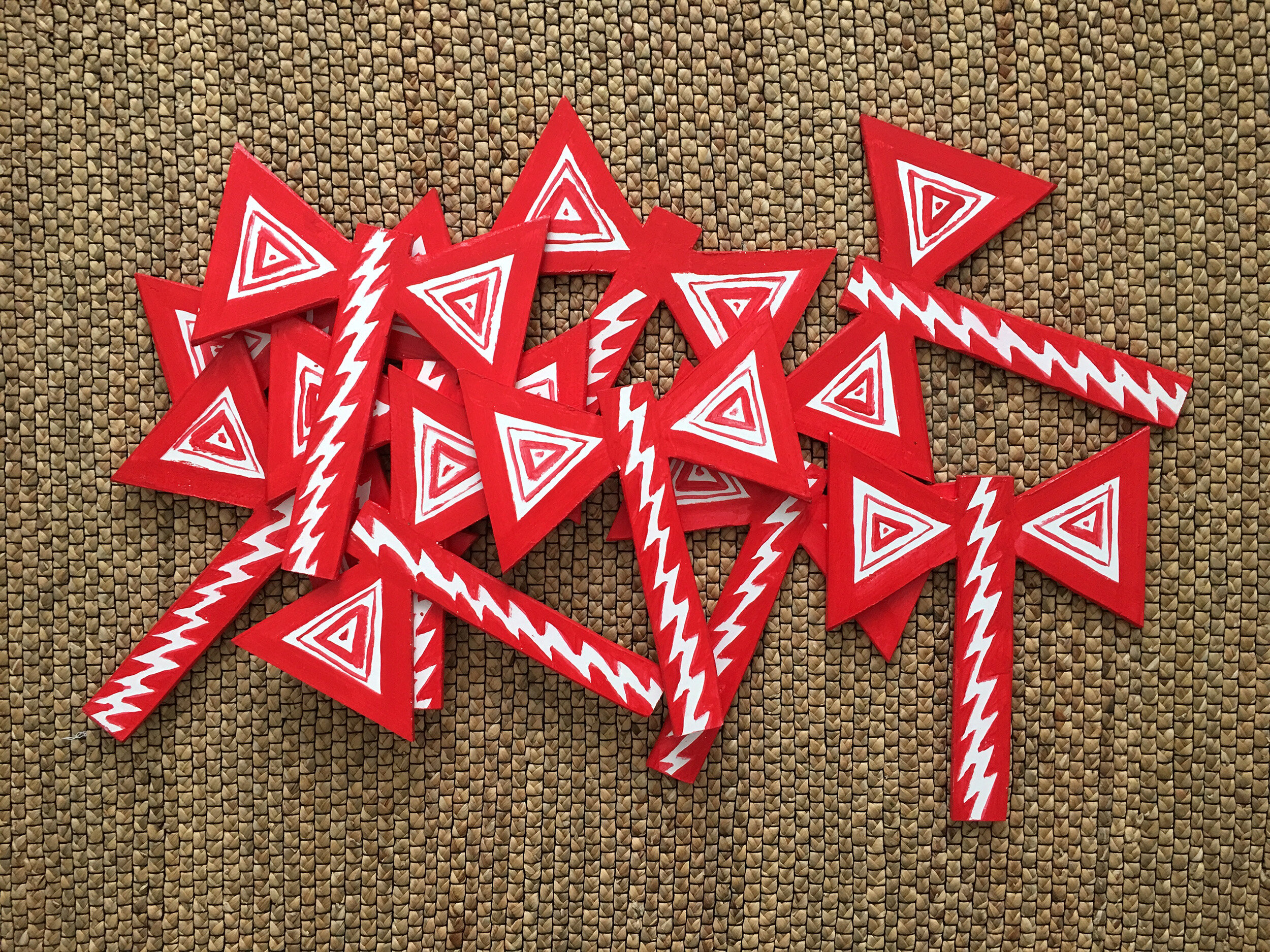
Teaching
Yusimi Moya Rodriguez received her diploma as a dance teacher at the Escuela Nacional de Arte (see photo above) in Havana. She is an experienced teacher with didactical knowledge and gives classes on dance festivals and in dance studios to dancers from all backgrounds. With her education in ballet, Modern, folkloric and contemporary technique, she provides the context and supports her students in the following areas: Cuban Contemporary, Cuban Popular and Afro-Cuban.
Yusimi Moya Rodriguez is giving dance classes in Vienna at the dance studios Tumbao, Cubaila Viena, Ritmo Tropical, Salsa Nena and A bailar Viena.
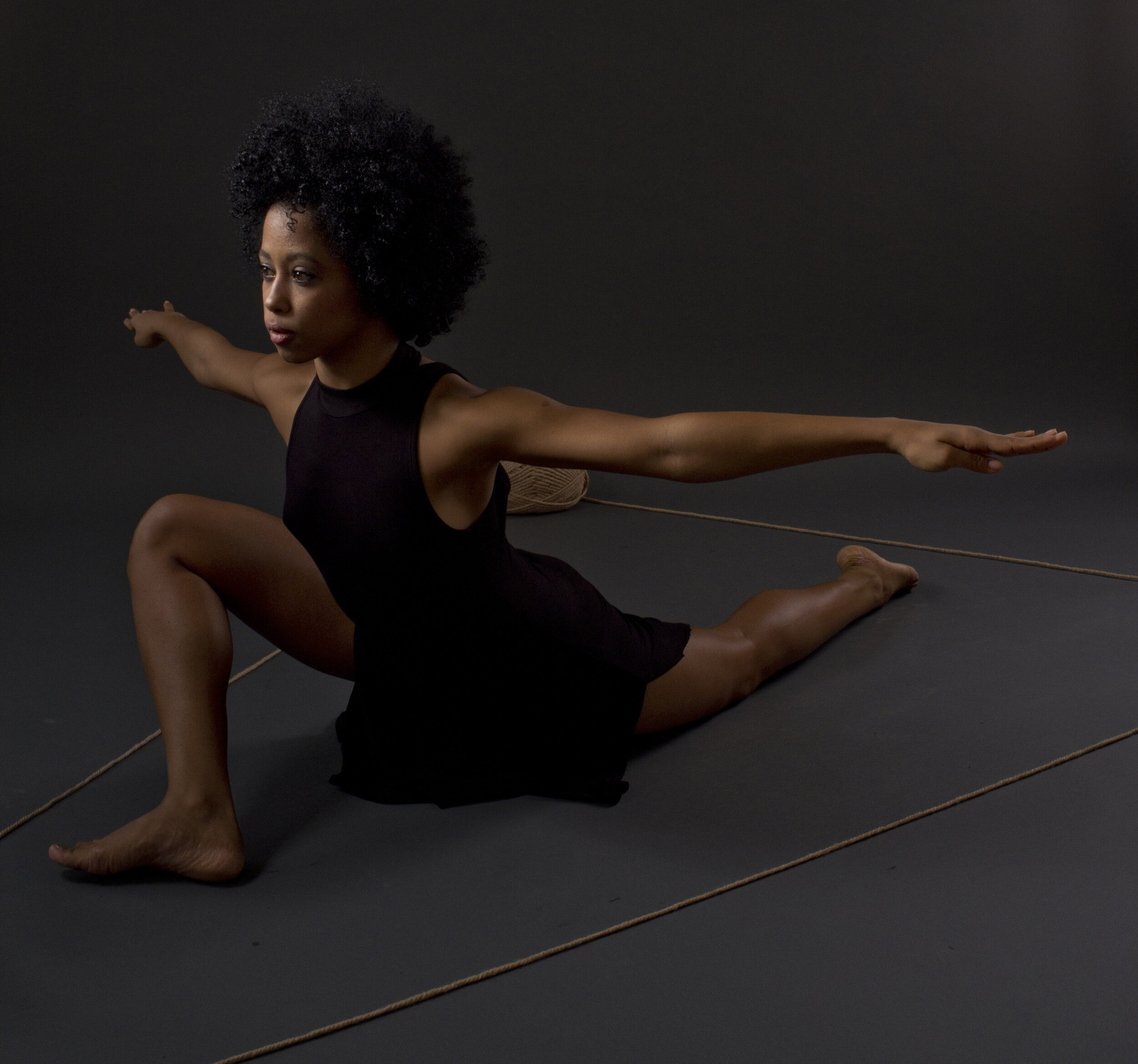
Cuban Contemporary Dance Class
This class focuses on the contemporary dance technique as taught on the Escuela Nacional de Arte in Havana. It is based on ballet and Modern and integrates elements from African and popular dance. Students learn to decipher, understand and integrate these movements and develop rhythmic abilities, which are part of the standard curriculum of Cuban dancers. We work on the technique of dynamic undulation, which moves like a wave from the pelvis up the spine towards the head. We concentrate on the isolation of body parts to increase the strength of muscle segments and learn to control them independently.
Understanding polyrhythmic dance structures requires a musical training. Choreographies guide the students into the new movements. Improvisational skills include a thinking in segments based on time-line-patterns repeated in circles and a relation to beat and offbeat. Cuban Contemporary is rhythmic and linear, with an emphasis on different timings integrated into one body. It adds new expressions to the vocabulary and extends the abilities of trained dancers.
Within this class, a special focus can be laid on the so-called Afro-Contemporary technique.
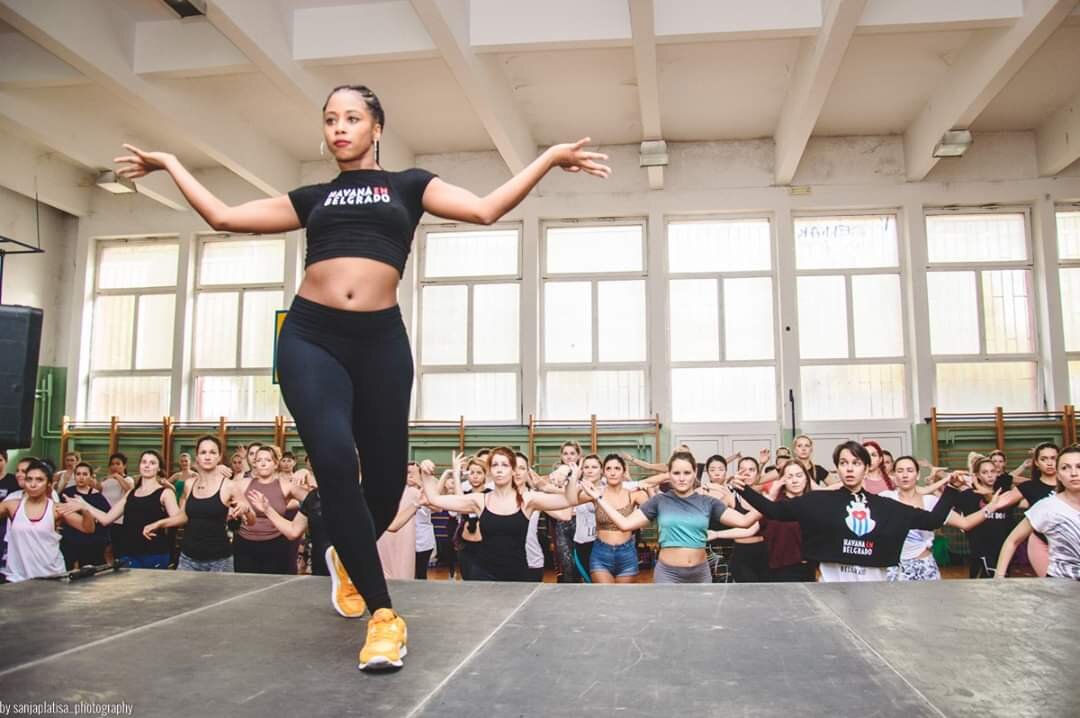
Cuban Popular Dance Class
Dance is an essential part of daily life in Cuba. A variety of popular styles exist and each one comes with its appropriate steps. There are the traditional older genres of son, bolero, mambo, pilón, chachachá or danzón, the modern salsa, casino or contratiempo and the latest timba and reguetón steps.
Creole immigrants brought French dances, African rhythm cells like the tresillo were applied to Spanish songs, Central African drumming was transferred to classical instruments, Black music was adopted by orchestras and Jamaican dancehall influenced pop.
Cuban music and the so-called popular dance provide surprising chapters. In the popular dance classes, the students learn the steps, figures and the partner work essentials according to their level. With Yusimi Moya Rodriguez, they also get to know the history and the correct dancefloor etiquette.
The clave-pattern lays down rhythmic principles. Special courses offer focal points for experienced dancers, e.g. about rumba-quotes in salsa, partner-work, musicality, regional variants or the latest street styles.
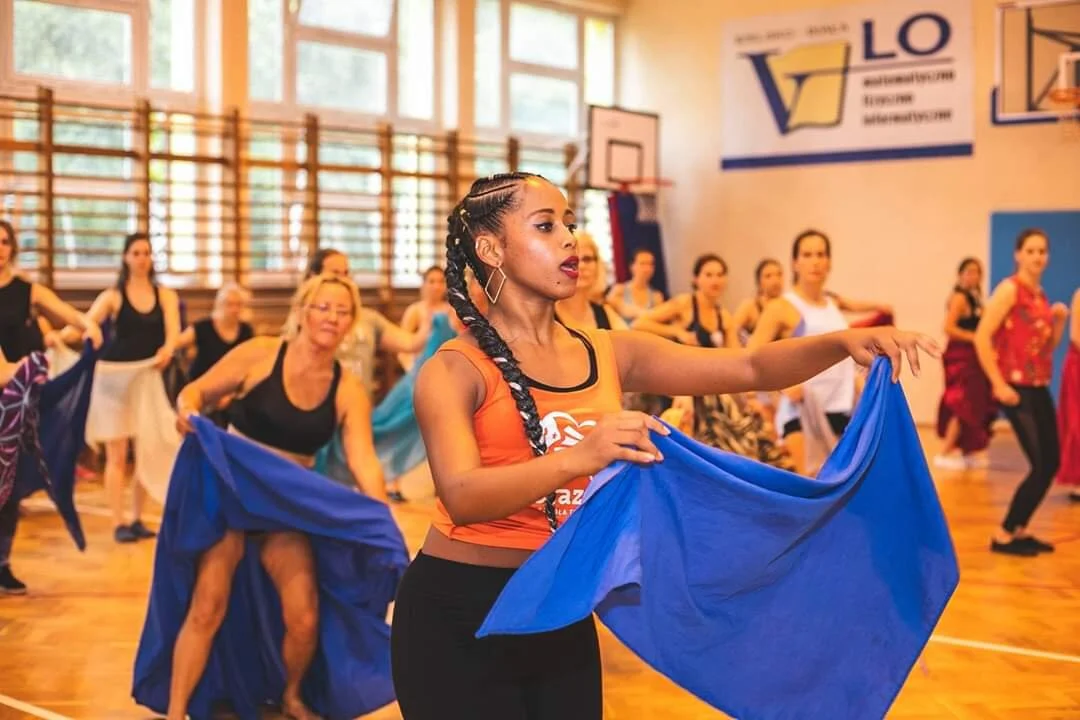
Afro-Cuban Dance Class
African cultural traditions are highly valued today in Cuba. A huge part of it has grown into a religious sphere and was systematically shaped into a national folkloric heritage. Dance and music are important expressions in rituals. Through the body, time and space, a connection to the spiritual world is established and knowledge passed on. As a former dancer of the Conjunto Folklórico Nacional, Yusimi Moya Rodriguez is a master of the Afro-Cuban dance technique.
Dances of the òrìṣà, the Yorùbá deities, are famous. Every deity has his or her own rhythms, movements and gestures. The bàtá talking drums and lukumí songs (remains of Yorùbá language) accompany the dance steps and let the dancers feel the divine power which leads initiates into trance. The so-called congo genre with its origin in Bantu-speakers from Central Africa includes yuka, makuta and palo, incredibly fast and energetic dances, while vodú-dances arrived with the Haitian immigrants.
The arará-dances came with the Gbè-speaking slaves from ancient Dahomey and the Abakuá mask dances are from the Efik, at home in Eastern Nigeria. The dances tumba francesa, the carnivalesque conga or the famous Cuban rumba with its three types, the slow yambú, the explicit guaguancó and the male-dominated colúmbia, are considered secular Afro-Cuban dances. The thriving rumba genre is especially important for the Cuban nation’s identity.
These highly active classes are generally known under the label “Afro-Dances”, but for Cuban dancers every genre has its own distinct features and they never mix up. The classes suit everyone who is open for new rhythmic body experiences and state shifting energies. Expect exhausting lessons, which build up muscular strength and develop the undulation movement in spine, hips and torso. The body is often lowered to the ground in a semi-plié position, many dances get their energy from a connection to the earth.
